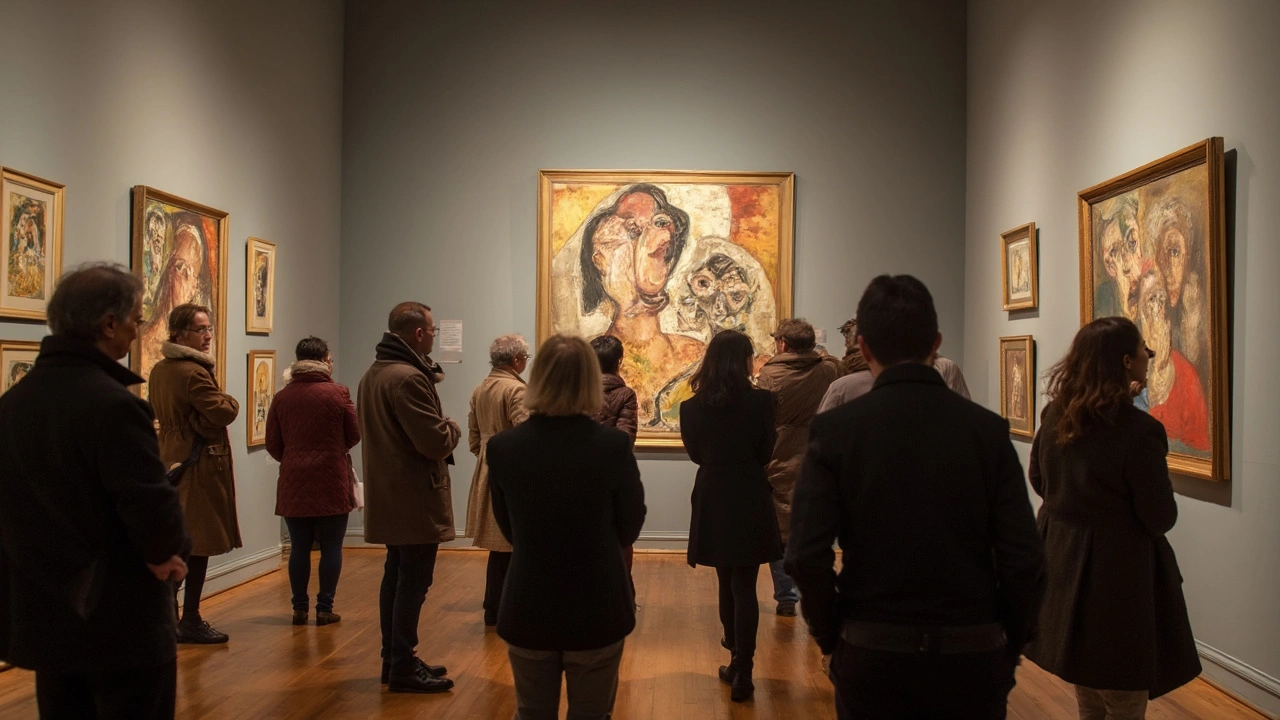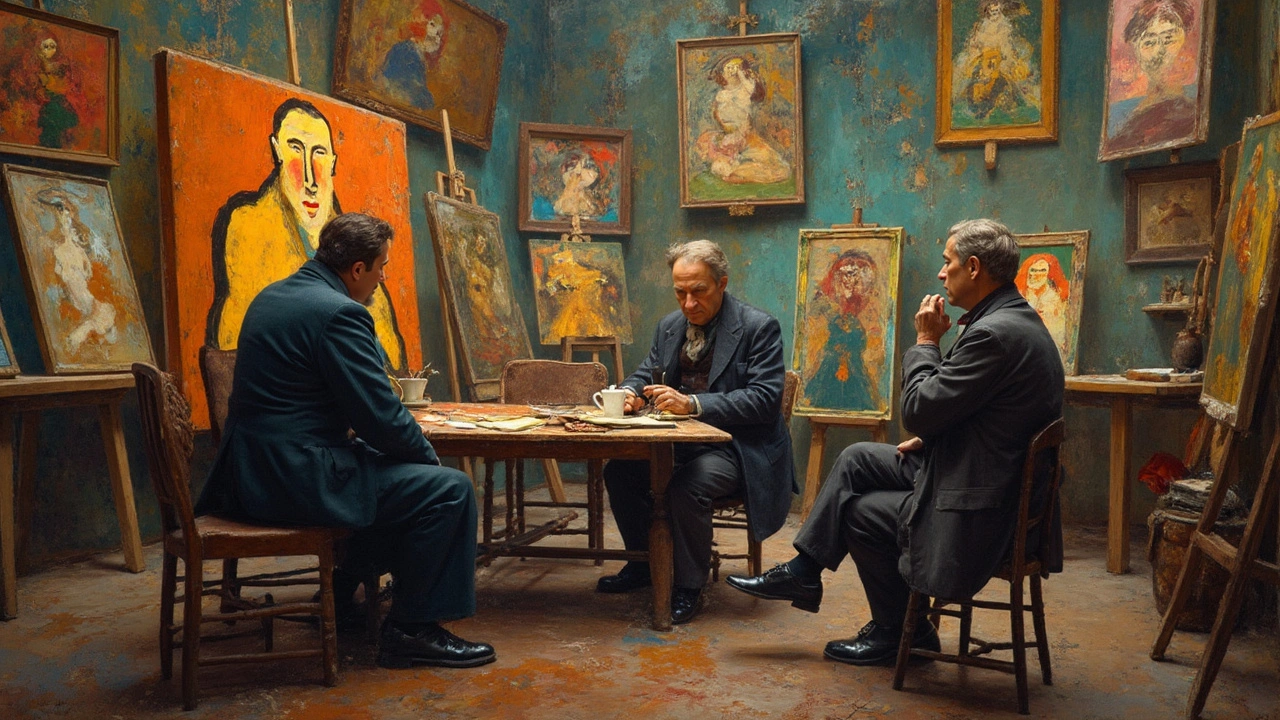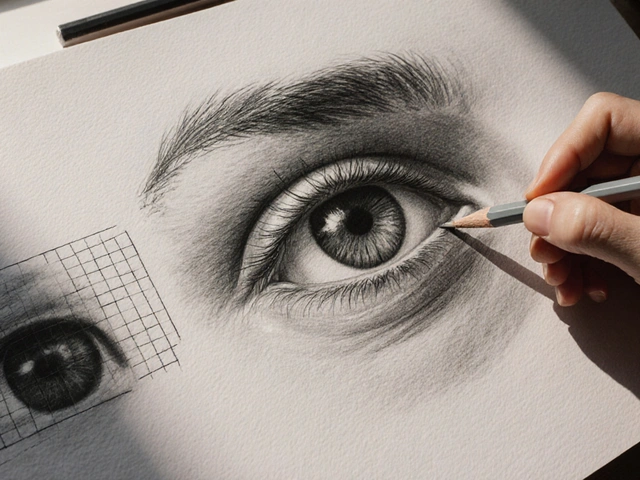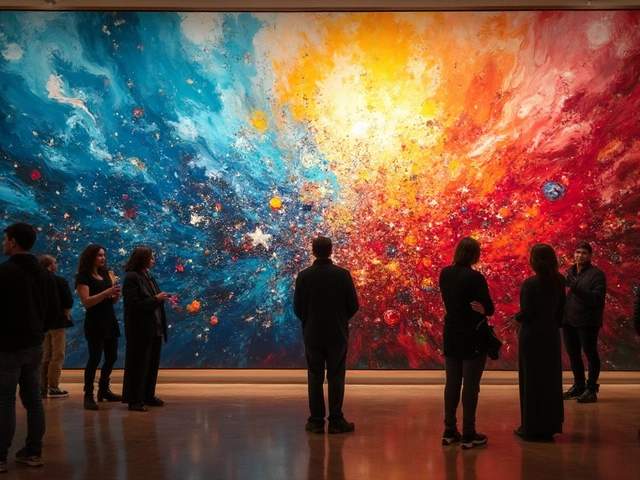Ever looked at a painting and wondered why everything's all jumbled up? That might be your first taste of cubism. This art trend decided that the straightforward, realistic portrayals just weren't cutting it, and instead, tossed them out for something a bit more... edgy. Imagine seeing several angles of an object all at once—like peeking through a shattered mirror. That's the vibe.
Pablo Picasso and Georges Braque were the troublemakers who kicked this off in the early 20th century. They didn't just paint objects; they dissected them on canvas, inviting viewers to engage their imagination. Why settle for a single view of a bowl when you can see it from every possible angle? This was revolutionary back when folks were used to straightforward portraits and landscapes.
- The Birth of Cubism
- Breaking Conventional Boundaries
- Notable Artists and Works
- Cubism's Lasting Impact
The Birth of Cubism
Alright, let's roll back to the beginning of the 20th century, a period buzzing with artistic innovation. It's around 1907 when Cubism first started rattling the art world. You might not believe it, but a painting called 'Les Demoiselles d'Avignon' by Pablo Picasso stirred quite the reaction. Instead of painting his subjects with the usual realistic flair, Picasso opted to break them into geometric shapes and show them from multiple viewpoints—all in one piece of artwork.
On his journey, Picasso found an ally in Georges Braque. Together, they didn't just match each other's boldness; they pushed each other to new heights. Braque added layers by giving these fragmented forms a tactile look, making them feel almost touchable, like you could run your fingers over them. This collaboration marked the start of something big.
The two disruptors took inspiration from many places, including African tribal masks and the works of Paul Cézanne, who played with perspective before it was cool. Their work said, 'Let's not just paint as we see, but as we think and feel.' This idea sparked the Analytical Cubism phase, where objects were broken down even further into flat shapes and muted colors, creating a puzzle that invited the viewer to actively participate in making sense of it all. Mind-blowing stuff, right?
By the time they unleashed their collective vision, modern art had taken a sharp turn. Artists and critics, initially bemused, soon found themselves drawn to this fresh approach. The old ways of depicting reality felt outdated, and suddenly, everyone wanted a piece of this fragmented aesthetic. So began a revolution that expanded the horizons of artistic expression, and we never looked back.
Breaking Conventional Boundaries
Back in the early 1900s, artists like Picasso and Braque were pushing the envelope with something daring—Cubism. They weren't just painting outside the lines; they were practically ripping the pages. Traditional art was all about lifelike images. But Cubism said, "Why stick to one view?"
Think about it: before Cubism, viewers saw paintings as windows to the world. With this new style, those windows shattered into pieces. Like, imagine watching a movie and getting scenes from several cameras at once. That's what these artists wanted—to provide multiple perspectives simultaneously.
Take Picasso's "Les Demoiselles d'Avignon"—often dubbed the beginning of Cubism. It shocked audiences with its distorted forms and fractured faces. Instead of being just a flat portrayal, it made people rethink what art could be. It was controversial then, but it marked the start of something big.
By challenging these norms, Cubism opened up a whole new world. Modern art as we know it wouldn't be the same without these bold moves. Over time, this artistic approach laid the groundwork for movements like Futurism and Expressionism, which further embraced abstraction.

Notable Artists and Works
Alright, so let’s talk about the big fish in the cubism pond. It all began with Picasso and Braque. They were like the Lennon and McCartney of cubism. Picasso's 'Les Demoiselles d’Avignon' is often hailed as the piece that started it all. Picture a canvas bursting with energy, full of angled figures that left traditionalists scratching their heads. Sound wild? It was!
Georges Braque, Picasso’s partner-in-crime, wasn’t just lurking in the background. His work 'Violin and Candlestick' tore apart the usual expectations of still life with its geometric shapes and multiple viewpoints. Imagine trying to build a puzzle where each piece offers a different view and you’ll get the idea.
But wait, there’s more! Juan Gris and Fernand Léger jumped on board, each putting their twist on modern art. Gris’s 'Portrait of Picasso' played with color and structure in a way that’s just impossible to ignore. Meanwhile, Léger’s love for machinery and technology sparked life into his piece 'The City,' where the bustling urban jungle comes to life in fascinating, fragmented forms.
The list wouldn’t be complete without mentioning some iconic works:
- Georges Braque - 'The Portuguese'
- Juan Gris - 'Still Life with a Guitar'
- Fernand Léger - 'Contrast of Forms'
For those who think Pablo Picasso was the star, here’s some juicy trivia: the term 'cubism' actually comes from a reviewer poking fun at Braque's pieces that looked like “little cubes.” Kind of backfired, huh?
Cubism's Lasting Impact
Cubism is like that rebellious kid who grew up to be a trendsetter. Even after more than a century, its bold approach still shapes the artistic world. At the time, it was a slap in the face to the norms, making it one of the most influential art movements ever.
So, how did it change things up? For starters, it allowed artists to break free from the idea that art had to be a window to the world, perfectly replicating reality. Instead, it said, "Hey, let's play around and look at things differently." Those fractured perspectives encouraged creators to interpret rather than imitate, giving a boost to abstract art that followed.
Outside of fine arts, cubism snuck its way into architecture, literature, and even fashion. Ever seen a building with angular twists or a dress that looks like it's made up of geometric shapes? That’s cubism playing its part. It's also inspired modern architects to design buildings that are more about form and space than traditional aesthetics.
Cultural shifts? Oh, plenty! Cubism made artists rethink color, form, and perspective—basic elements that echoed through various art styles. Take modern art; it owes a lot to those early cubists who dared to be different. They encouraged experimentation, and that spirit influences contemporary creators who still mix things up in digital art, graffiti, and even graphic design.
Yet, the biggest takeaway from cubism is its message: see the world differently and always challenge conventions. Whether you're an artist, architect, or just someone who appreciates creativity, this movement shows the value in breaking free from the ordinary.




